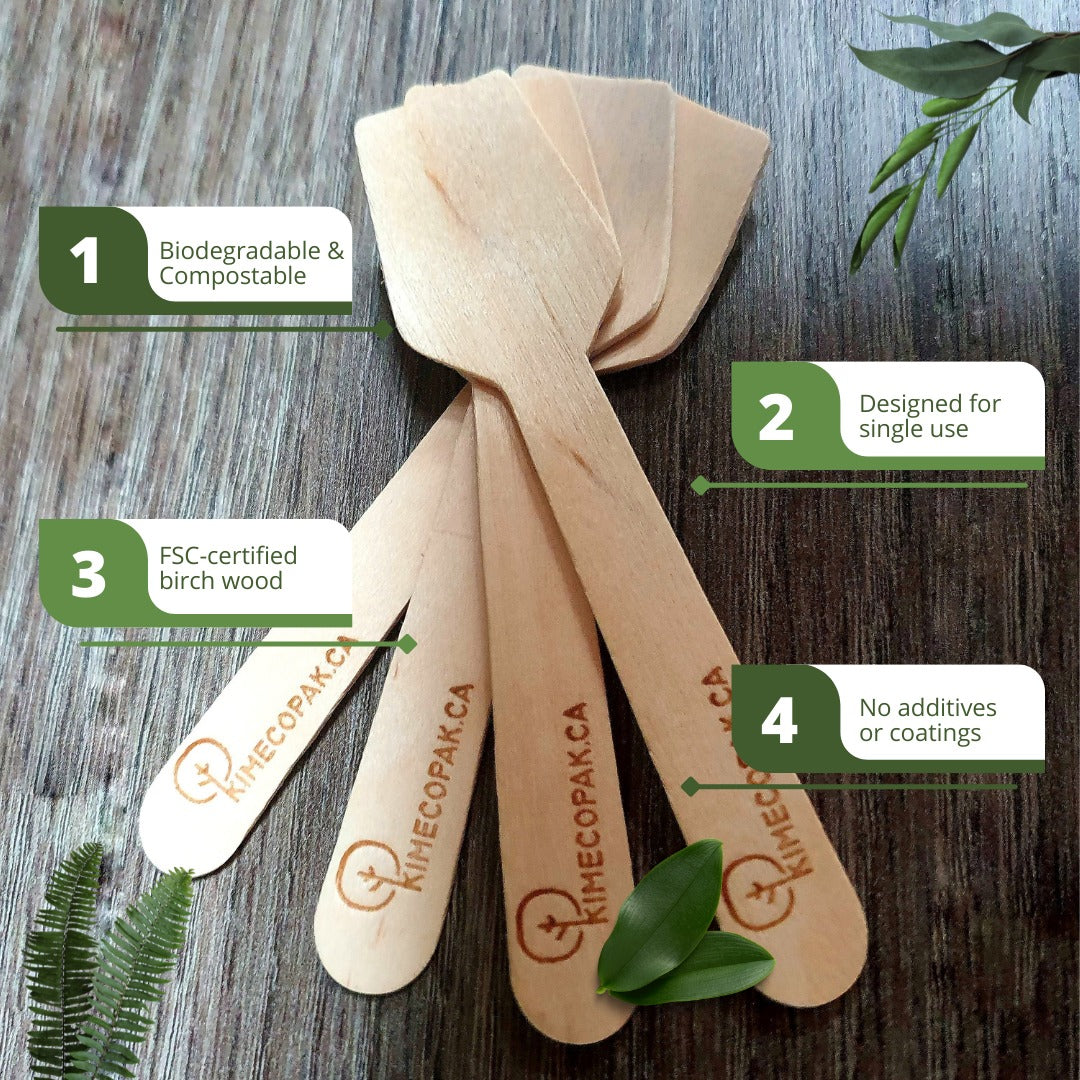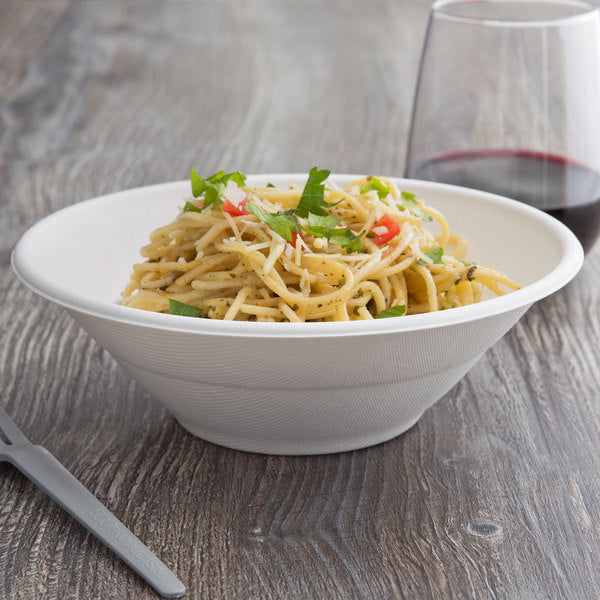Pizza sauce vs pasta sauce is both popular tomato-based sauces that are commonly used in Italian cuisine. While they may seem similar at first glance, there are distinct differences in their ingredients, flavor profiles, and intended uses. In today’s article, explore these differences, discuss the relationship between pizza sauce and marinara sauce, and provide a pizza sauce recipe.
- Pasta Sauces: From Classic Italian Varieties to Regional Specialties
- How to Make Tomato Chutney? How Long Does Tomato Chutney Last?
- Types of Wine: Guide for Restaurant Owner
Understanding Pizza Sauces vs Pasta Sauce
Pizza sauce vs pasta sauce are both tomato-based sauces commonly used in Italian cuisine. However, they have distinct characteristics that make them ideal for their respective applications.
Pizza Sauce
- Ingredients: Typically composed of tomatoes, garlic, onion, basil, oregano, and occasionally sugar or a sweetener.
- Flavor Profile: Characterized by a balanced blend of sweetness, tanginess, and herbaceous notes.
- Texture: Designed to be thicker and more concentrated than pasta sauce, preventing it from pooling on the pizza crust.
- Usage: Primarily employed as the foundation for pizza, providing a flavorful base for toppings.

Pasta Sauce
- Ingredients: Typically includes tomatoes, garlic, onion, basil, oregano, and may incorporate additional vegetables such as carrots, celery, or peppers.
- Flavor Profile: Can exhibit a wide range of tastes depending on the specific ingredients and cooking methods. It can be chunky, smooth, or spicy, make them vary in different types of pasta sauce.
- Texture: Generally thinner and more fluid than pizza sauce, allowing it to coat pasta strands effectively.
- Usage: Versatilely used as a sauce for various pasta dishes, including spaghetti, lasagna, and penne.

While having overview of pizza sauce vs pasta sauce, in the following part, we’ll delve into main differences between these two types of sauce.
Difference Between Pizza Sauces vs Pasta Sauce
While both pizza sauce and pasta sauce are tomato-based sauces, their distinct characteristics make them ideal for specific culinary applications.
Texture and Consistency
- Pizza Sauce: Typically, thicker and more concentrated, resembling a thick, viscous liquid. This texture is designed to prevent the pizza crust from becoming soggy.
- Pasta Sauce: Generally thinner and more fluid, allowing it to coat pasta strands evenly. It can range from smooth and creamy to chunky and rustic.
Flavor Profile
- Pizza Sauce: Often characterized by a balanced blend of sweetness, tanginess, and herbaceous notes. The flavor profile is designed to complement the savory toppings on a pizza.
- Pasta Sauce: Can exhibit a wider range of tastes depending on the specific ingredients and cooking methods. It can be chunky, smooth, spicy, or mild, offering versatility for various pasta dishes.
Ingredients
While both sauces share a tomato base, they may incorporate additional ingredients that influence their flavor and texture:
- Pizza Sauce: Often includes garlic, onion, basil, oregano, and occasionally sugar or a sweetener.
- Pasta Sauce: May incorporate additional vegetables like carrots, celery, or peppers, and can be chunkier in texture due to the inclusion of whole tomatoes or meat.
Culinary Applications
- Pizza Sauce: Exclusively used as the base for pizza, providing a flavorful foundation for toppings.
- Pasta Sauce: Versatile and can be used for various pasta dishes, such as spaghetti, lasagna, penne, and macaroni and cheese.
While pizza sauce vs pasta sauce has distinct characteristics, they can often be used interchangeably. Marinara sauce, in particular, is frequently substituted for pizza sauce. But what makes marinara sauce such a popular choice for pizza? Let's delve deeper into this question.
Pizza Sauce vs Marinara Sauce
Why Marinara Sauce Can Be Used for Pizza Sauce?
Marinara sauce, a classic Italian pasta sauce, is often used as a substitute for pizza sauce due to several factors:
- Similar Ingredients: Both sauces share a core of tomatoes, garlic, onion, basil, and oregano. These common ingredients provide a foundation for a flavorful sauce.
- Versatility: Marinara sauce's versatility allows it to adapt to various culinary applications, including pizza.
- Availability: Marinara sauce is widely available, making it a convenient option for those who may not have pizza sauce on hand.

Differences Between Pizza Sauce and Marinara Sauce
While both sauces share similarities, there are key differences that distinguish them:
- Sweetness: Pizza sauce often contains added sugar or a sweetener to balance the acidity of the tomatoes and create a sweeter flavor profile. Marinara sauce, on the other hand, is typically less sweet, focusing on the natural tanginess of the tomatoes.
- Thickness: Pizza sauce is generally thicker and more concentrated to prevent the pizza crust from becoming soggy. Marinara sauce is often thinner and more fluid, making it ideal for coating pasta.
- Intended Use: Pizza sauce is specifically designed for use on pizza, while marinara sauce can be used for various dishes, including pasta, seafood, and as a dipping sauce.
Overall, while marinara sauce can be a suitable substitute for pizza sauce due to their shared ingredients and versatility, there are subtle differences in terms of sweetness, thickness, and intended use.
In the next section, let's explore the classical recipe for pizza sauce.
Pizza Sauce Recipe
Below is the classic pizza sauce recipe that might help you.
Ingredients
- 1 (28-ounce) can crushed tomatoes
- 1/4 cup extra virgin olive oil
- 2 cloves garlic, minced
- 1/2 onion, finely chopped
- 1/4 cup fresh basil, chopped
- 1 teaspoon dried oregano
- 1/2 teaspoon dried basil
- Salt and pepper to taste
Instructions Step by Step
- Step 1: Heat the olive oil in a medium saucepan over medium heat. Add the garlic and onion, and cook until softened, about 3-5 minutes.
- Step 2: Stir in the crushed tomatoes, dried oregano, and dried basil. Bring to a simmer and cook for 15-20 minutes, or until the sauce has reduced and thickened.
- Step 3: Season with salt and pepper to taste. Stir in the fresh basil.
- Step 4: Let the sauce cool slightly before using it as a base for your pizza.
Tips
- For a sweeter sauce: Add a tablespoon of sugar or honey.
- For a spicier sauce: Add a pinch of red pepper flakes.
- For a thicker sauce: Simmer for a longer period or reduce it on the stovetop.
Conclusion
Pizza sauce vs pasta sauce have several differences, but they can be used interchangeably in some cases. The above article offers an overview of the distinctions between pizza sauce vs pasta sauce, helping you distinguish and use them more effectively.







